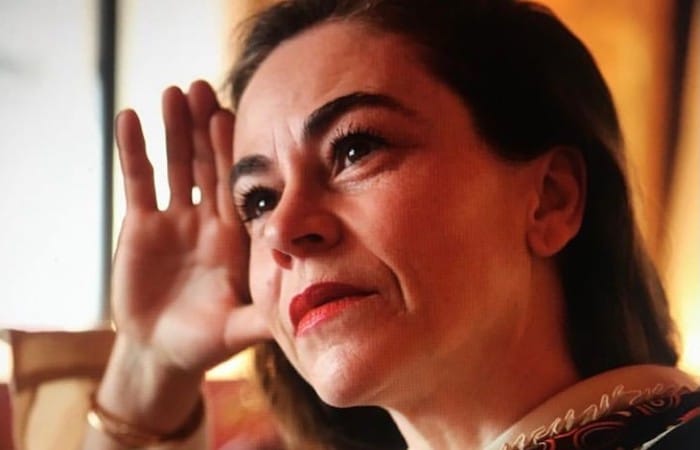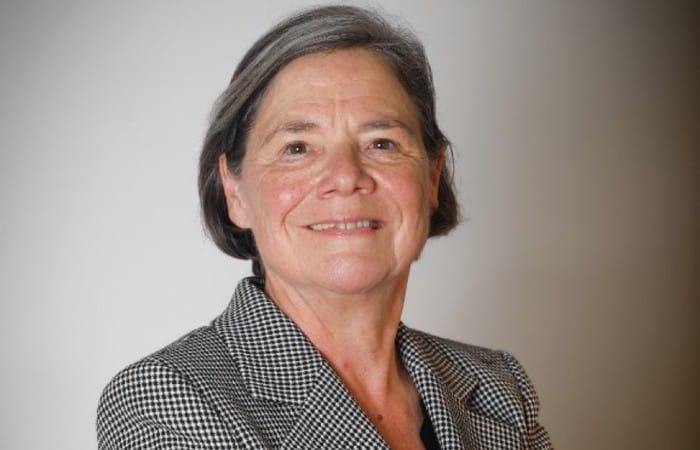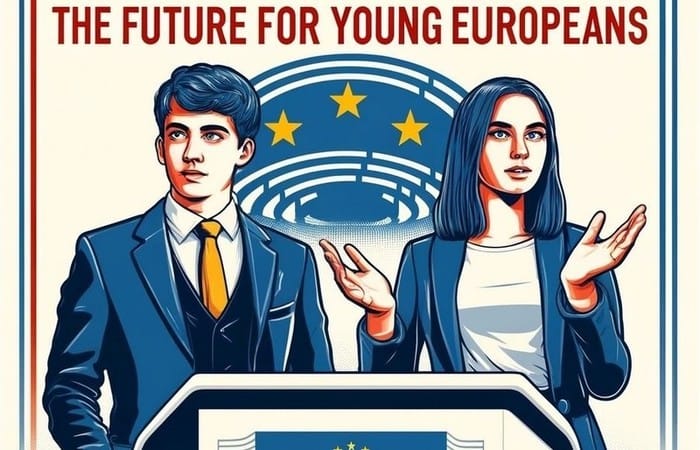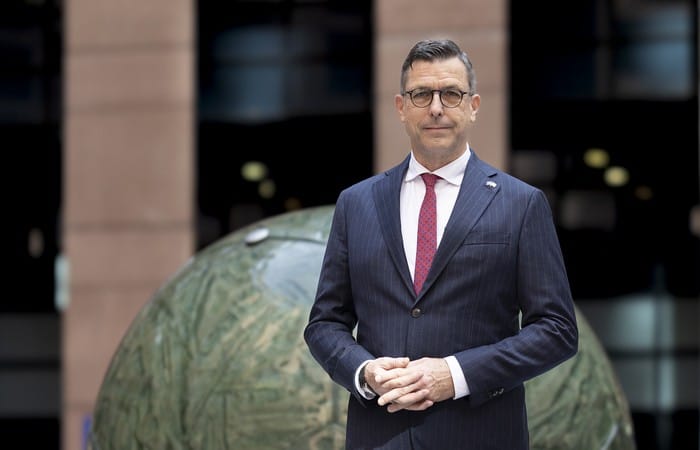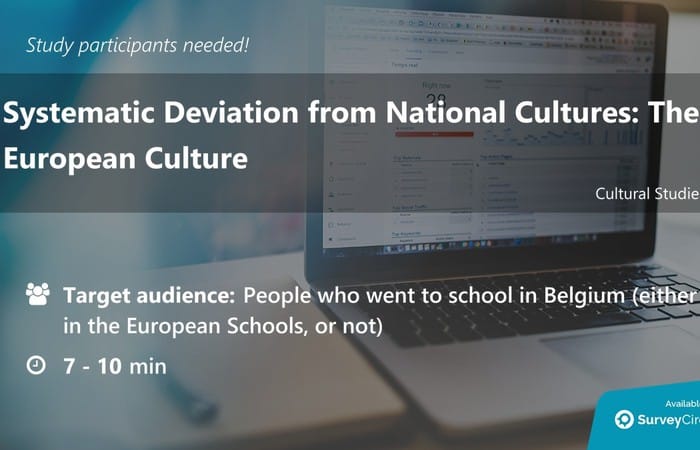AGM 2025 - Save the date!
Mark your calendars for our Annual General Meeting (AGM), taking place on Tuesday, 16 December 2025 via Zoom. The link to join will be shared closer to the date—stay tuned! This is your opportunity to hear updates about our alumni organization, celebrate our achievements, and help shape the future



